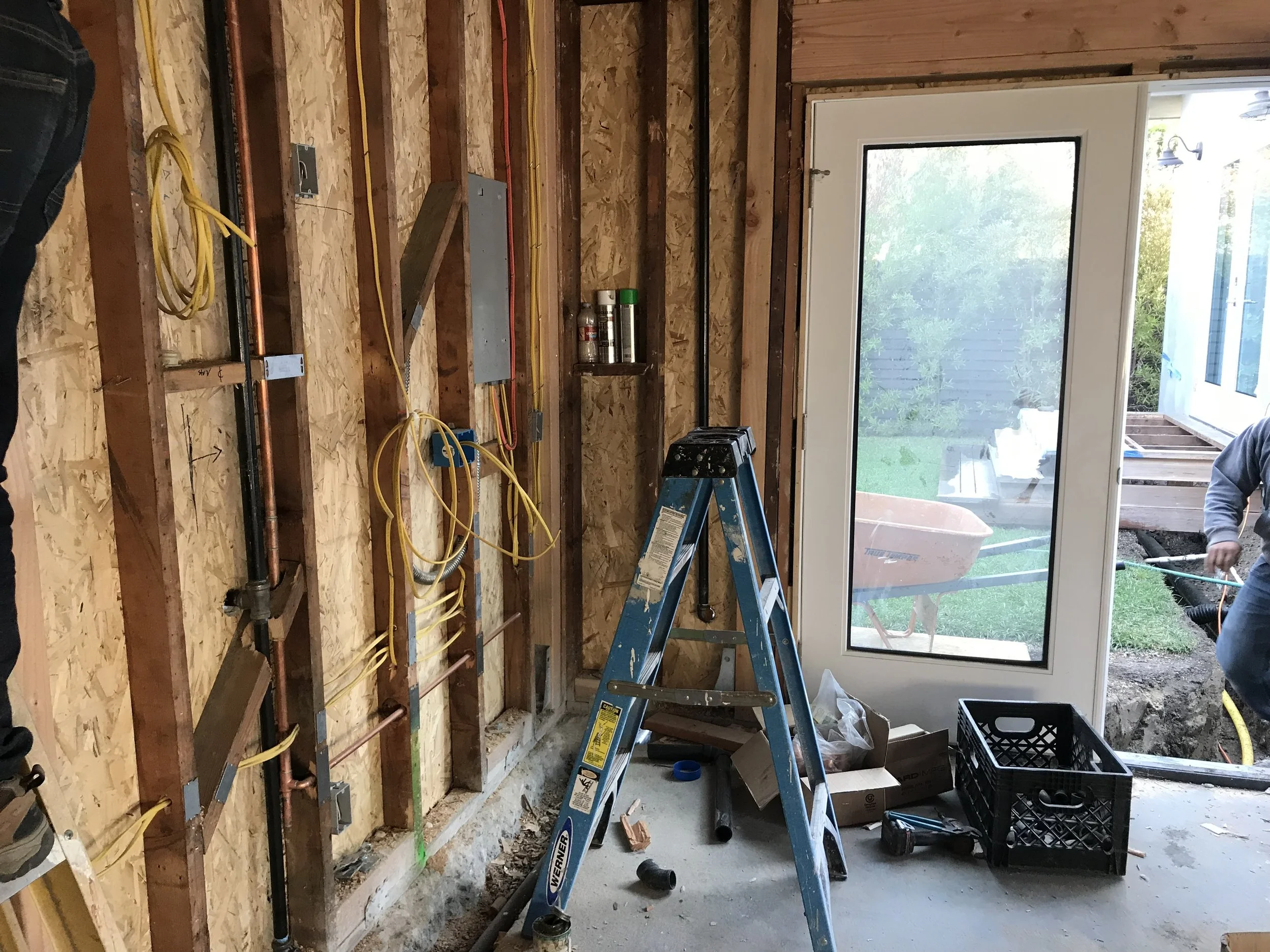What’s the Difference Between a Subcontractor and a General Contractor? (And Why It Totally Matters)
So you're diving into the world of construction, huh? Maybe you're dreaming about your custom home build, a sleek new passive house, or you just want to finally figure out why there’s always someone with a clipboard and someone with a backhoe at your neighbor’s construction site.
Whatever the reason, you've probably heard the terms general contractor and subcontractor thrown around like gravel on a fresh flatwork pour. But what’s the real difference between the two? Who’s in charge of what? And why should you care?
Let’s break it down in a way that’s easy, fun, and just a little dusty—because, well, this is building construction we’re talking about.
👷♂️ The General Contractor: The Big Boss on the Jobsite
The general contractor (aka GC) is basically the project’s MVP. Think of them as the construction world’s orchestra conductor—they don’t play every instrument, but they make sure the whole symphony hits its notes.
They oversee the entire project: from scheduling to budget tracking to making sure all the forms, footer (footing), framing, and even fascia are up to code. They're the ones in direct communication with the client (that’s you!), architects, engineers, and all the various construction workers on-site.
They’ll work with blueprints, review floor plans, file daily reports, monitor cost codes, and juggle change orders like a pro. GC responsibilities can include:
Hiring and managing subcontractors
Ordering materials like ready mix concrete, felt (underlayment), and green board
Ensuring everything is built to code (yes, even checking GFCI outlets and fire-resistive details)
Keeping the project on schedule and within the cost-plus contract budget
Basically, if your build is a movie, the GC is the director—making sure your dream home doesn’t turn into a horror film.
🔨 The Subcontractor: The Specialized Superhero
Now, let’s talk subcontractors—these are the specialists hired by the GC to perform specific tasks. They don’t oversee the whole build, but they absolutely crush their one job.
Need your roof framed with glulam beams and girder trusses? Call a framing subcontractor. Need your electrical layout designed with CAD (Computer-Aided Design) precision and installed with BIM (Building Information Modeling) foresight? You’re calling an electrician subcontractor.
Other examples include:
Plumbers (handling pipes, not forms)
Electricians (installing GFCIs, running wires)
HVAC crews (setting up forced air heating/cooling systems)
Roofers (installing flashing, waterproofing with damp proofing)
Concrete finishers (handling that beautiful floating on your driveway)
They’re the skilled craftspeople who take the vision and make it reality, one task at a time.
🤝 GC vs Sub: Who Do You Call?
If you're planning a project like a new foundation, a green building upgrade, or trying to calculate the cost to build a house—you want a general contractor. They’ll gather the best team of builders, coordinate schedules, manage your bid, and handle the stress so you don’t have to.
BUT... if you're only updating your kitchen backsplash, swapping out old flashing, or repairing a section of frieze board (bird block), you might just need a skilled subcontractor. No need to bring in a full construction company for minor work—unless, of course, you like paperwork.
🧠 Why Knowing the Difference Matters
Knowing who’s who in the construction world helps you:
Hire smarter (GCs handle the full gig, subs handle specifics)
Stay within budget (trust us, misunderstanding this can cause massive change orders)
Avoid delays (subs don’t usually schedule other subs... that’s a GC job)
Ask the right questions (especially when you’re reviewing a bid or final blueprints)
Plus, understanding roles builds trust. When you know who’s responsible for your framing vs who poured your foundation, you’re in a stronger position to manage your home improvement like a pro.
🎯 Final Thoughts
At the end of the day, general contractors and subcontractors are like peanut butter and jelly—both amazing on their own, but together? Absolute magic.
So whether you're building the floor plan of your dreams or just adding new fire-rated insulation, knowing who’s doing what on your construction site saves you time, money, and stress.
And hey—next time you see someone reviewing blueprints while someone else is operating a backhoe, you’ll know exactly what’s going on. Welcome to the inner circle. 🏗️✨

